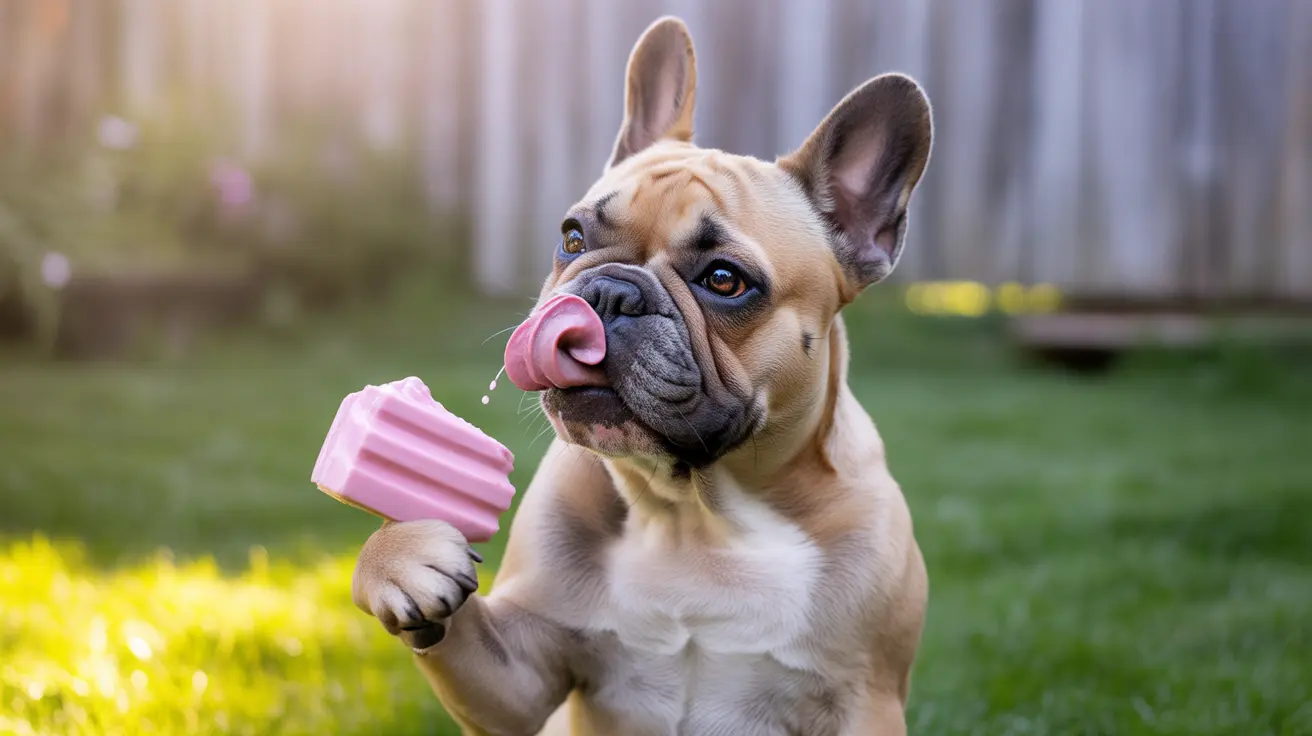Effective Strategies to Calm Male Dog Hormones
Male dogs may express hormonal behaviors like mounting or humping, which can often be misunderstood as dominance or misbehavior. Understanding the root causes and appropriate methods to manage these behaviors is essential for ensuring your dog’s health and harmony in your household.
Understanding Hormonal Behaviors in Male Dogs
It’s important to recognize that mounting or humping in dogs is a natural and common behavior among both sexes, regardless of neuter status. While some of it may be sexually motivated, most humping occurs due to excitement, stress, overstimulation, or even playfulness. In some cases, it could indicate a medical issue such as a urinary tract infection or priapism, especially if accompanied by signs like excessive licking or distress.
Solutions for Calming Male Dog Hormones
- 1. Neutering: One of the most effective long-term solutions for hormonally-driven behaviors. Neutering can significantly reduce frequent humping in intact male dogs, particularly when performed at a young age. However, it may not fully eliminate the behavior if it’s been learned or is due to non-sexual causes.
- 2. Increase Physical and Mental Stimulation: Dogs with excessive energy or boredom often redirect their frustrations into mounting behaviors. Daily walks, interactive play, puzzle feeders, and training exercises can provide mental and physical outlets.
- 3. Manage Environmental Triggers: Identify when and where your dog tends to engage in humping. It often happens during excitement (such as when guests arrive), play with other pets, or out of frustration. Reduce overstimulation by keeping environments calm and structured.
- 4. Redirect the Behavior: Catch your dog just as they begin to show signs of humping (like pawing, circling, or intense focus) and calmly redirect them using a known command such as “sit” or “down.” Reward this alternative behavior to reinforce the change.
- 5. Avoid Physical Punishment: shouting or punishing can increase stress and worsen the behavior. It’s more effective to ignore attention-seeking humping and reward calm, appropriate behaviors instead.
- 6. Consistent Training and Routines: Teaching your dog basic obedience commands like “stay,” “leave it,” or “settle” can offer helpful tools to manage their behavior. These commands redirect energy and help instill discipline.
- 7. Monitor for Medical Issues: If humping appears obsessive, especially if accompanied by signs of distress like excessive licking or discomfort, consult a vet. Medical evaluations rule out underlying issues that might trigger the behavior.
- 8. Professional Help: For unresolved cases, work with a certified dog trainer or behaviorist who can assess your dog’s unique situation and offer guided behavior modification strategies.
Why Behavior Isn’t Always About Dominance
Modern research disproves the myth that dog humping is purely a sign of dominance. While it may express control in certain scenarios, mounting is more often an improper response to high arousal levels during play or social interactions. Dogs typically correct each other with body language, so observe how other dogs respond and intervene when necessary to prevent discomfort or escalation.
Conclusion
Humping is a behavior that, although often embarrassing or confusing for pet owners, is usually a normal part of a dog’s behavioral repertoire. By identifying its root cause—whether hormonal, behavioral, or medical—you can apply the right set of interventions. Neutering, enrichment, redirection, and gentle training are powerful tools to reduce and manage mounting behavior, ensuring a balanced and well-adjusted pet.





